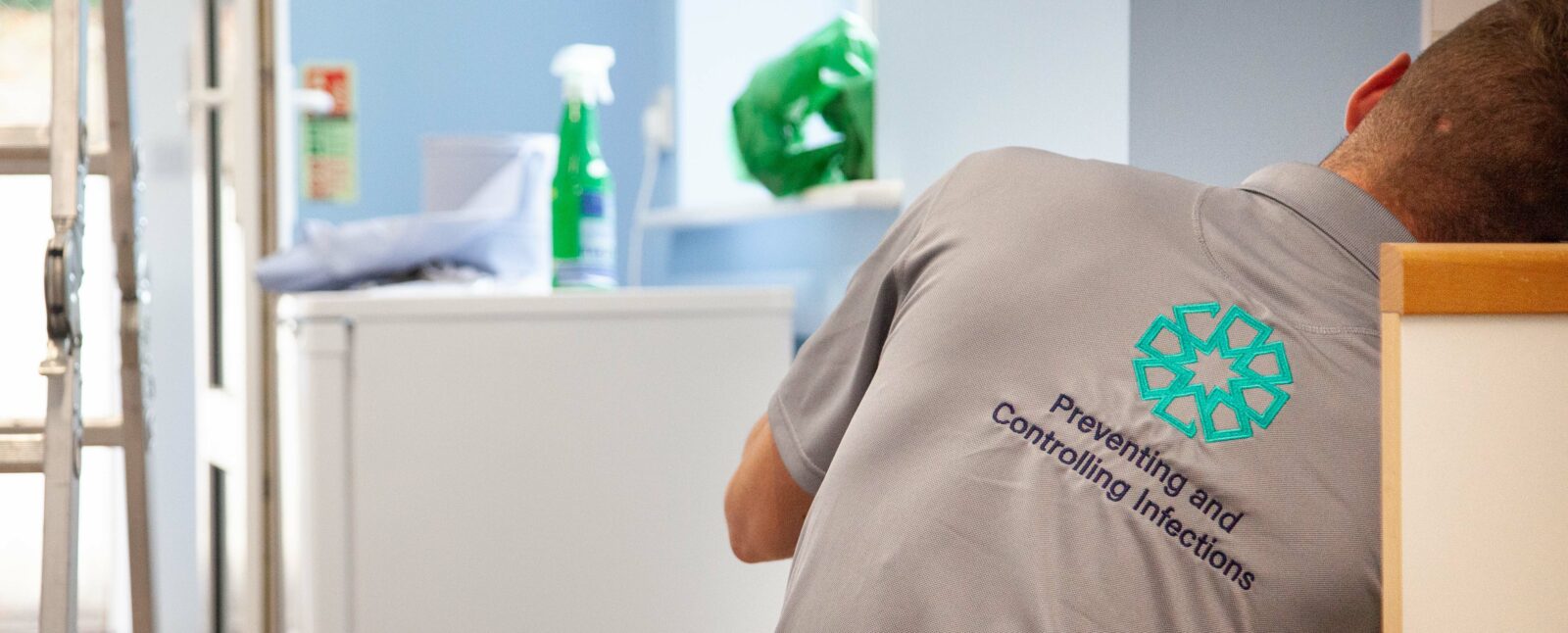
The care industry was hard hit by the COVID-19 pandemic and forced the sector to change the way it handles cleaning and decontamination. Whilst we are through the worst of the pandemic, it is not over yet. Ian Morren, head of product development at Inivos, explains how care home providers can learn from hospitals when it comes to deep cleaning.
It is clear that hygiene and decontamination must be a critical priority for care homes. A number of hospitals across the UK have deep cleaning decontamination programmes in place that care professionals can adopt.
- Take a proactive approach
The BMJ has suggested that around 20% of COVID cases are asymptomatic. This plus the delay between contracting the virus and the onset of symptoms in those who experience them, means the virus can spread quickly between seemingly healthy members of the public.
For this reason, a reactive approach to decontaminating – only beginning a deep clean or contracting an infection response service when a case is confirmed – may not be enough. To break the chain of infection, Inivos suggests care homes should follow the example of hospitals and schedule regular, proactive decontamination of rooms and communal spaces to provide reassurance and keep patients, staff and visitors safe.
- Make the most of technology
Although hospitals have employees whose job it is to manually clean and keep facilities spick and span, they also supplement their manual deep cleaning with decontamination technology to ensure virus and bacteria particles are thoroughly eliminated. Decontamination is usually carried out using either hydrogen peroxide vapour (HPV) or ultraviolet-C light (UV-C). HPV works by filling the area with vapour, which decontaminates all exposed surfaces by breaking down the lipid (fat) outer layer of the particle and destroying the genetic material within. UV-C is a short-wavelength light that destroys the nucleic acid inside micro-organisms and disrupts their DNA.
Automated technology, sometimes colloquially called ‘cleaning robots’, measure and validate every process to ensure each decontamination cycle has been successful and provide an instant report to your inbox, this takes the guess work out of cleaning and provides reassurance to staff the space is ready for patient use.
- Frequency
Generally, hospitals have successfully managed the spread of coronavirus once patients are admitted. This is largely due to the extensive measures they take to eradicate the risk of cross contamination using PPE and frequent cleaning and decontamination.
Many hospitals build deep-cleaning and hydrogen peroxide decontamination into their discharge procedures, meaning they can be sure that the bed or bay is safe for the next patient. Care homes can benefit from reviewing how residents move in and out of the facility to maximise the potential opportunities for decontamination procedures.
Whilst the UK has taken a living with Covid approach, care home residents will still be vulnerable to the virus and other common winter illnesses. Care homes should act now to put procedures in place to make deep cleaning a regular routine.




